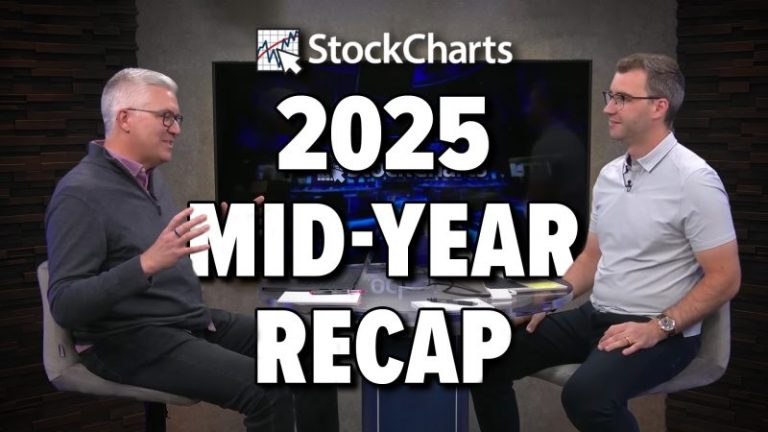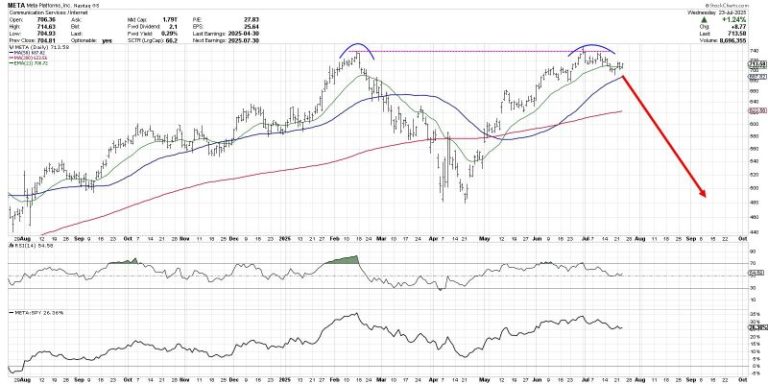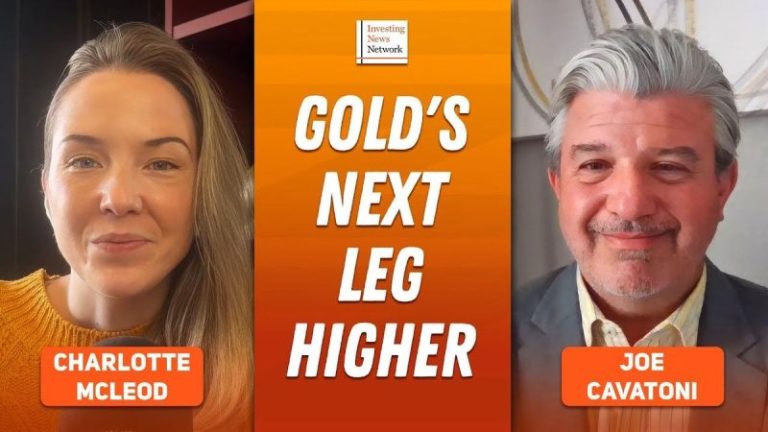Nashville SC’s Sam Surridge, the Philadelphia Union’s Tai Baribo and Vancouver FC’s Brian White each scored goals to help Major League Soccer beat Liga MX standouts during the 2025 MLS All-Star Game on Wednesday, July 23 at Q2 Stadium in Austin.
Baribo earned MLS All-Star MVP honors after his goal in the 51st minute secured the victory for MLS, which avenged a 4-1 loss to its Liga MX counterparts last year in Columbus, Ohio.
Baribo finished an assist from the Columbus Crew’s Diego Rossi, who also had an assist in the 2024 MLS All-Star game.
Surridge, tied with Lionel Messi for the Golden Boot lead with 18 goals this season, scored in the 28th minute on an assist from LAFC star Denis Bouanga to kick-start the MLS effort.
White, one of four Vancouver All-Stars, scored in the 80th minute to seal the victory, with an assist from Philip Zinckernagel (Chicago Fire) and the second assist from Cristian Espinoza (San Jose Earthquakes).
The most noteworthy goal in the match was scored by 16-year-old Gilberto Mora in the 64th minute. Mora plays for Club Tijuana, and started for Mexico in its Concacaf Gold Cup win against the U.S. men’s national team last month.
The victory helped MLS take a 3-1 lead in its All-Star series against Liga MX.
Messi and fellow Inter Miami All-Star Jordi Alba did not play in the match.
Check out these highlights from the 2025 MLS All-Star Game:
MLS All-Star Game highlights
MLS 3, LIGA MX 1: Brian White scores goal
Vancouver’s Brian White scored in the 80th minute to restore a two-goal lead for the MLS All-Stars. White was assisted by Philip Zinckernagel (Chicago Fire), with the second assist by Cristian Espinoza (San Jose Earthquakes).
The goal was awarded to White, despite the ball being deflected off the foot of Liga MX’s Brian Rodriguez and into the net.
MLS 2, LIGA MX 1: Takaoka prevents LIGA MX goal
Vancouver FC goalkeeper Yohei Takaoka prevented a game-tying goal in the 75th minute, defending a shot by Necaxa’s Diber Cambindo,
MLS 2, LIGA MX 1: 16-year-old Gilberto Mora scores goal
Gilberto Mora, the 16-year-old prodigy who helped Mexico beat the U.S. men’s national team in the Gold Cup earlier this month, has scored in the MLS All-Star Game.
Mora, of Club Tijuana, scored in the 64th minute to narrow the MLS lead in the second half. He is the youngest player to play for Liga MX in the MLS All-Star Game.
MLS 2, LIGA MX 0: MLS makes six more substitutions in 61′
In: White, Zinckernagel, Freeman, Gil, Vargas, Takaoka
Out: Baribo, Rossi, Pasalic, Mukhtar, Tverskov, St. Clair
MLS 2, LIGA MX 0: Tai Baribo scores goal in second half
The Philadelphia Union’s Tai Baribo has scored in the 51st minute to double the lead for the MLS All-Stars.
Baribo finished a stellar assist by Columbus Crew’s Diego Rossi during the sequence.
MLS 1, LIGA MX 0: Here are the halftime substitutions
Here are the subs for MLS:
In: M. Robinson; M. Arfsten; C. Espinoza; D. Luna.
Out: M. Boxall; K. Wagner; S. Berhalter; Evander.
Liga MX swapped its entire lineup at halftime:
In: G. Ferrareis; W. Ditta; Á. Zendejas; K. Castañeda; E. Montiel; K. Mier; J. Pereira; A. Aceves; G. Mora; D. Cambindo; Brian Rodríguez.
Out: I. Reyes; L. Garcia; J. Brunetta; R. Dourado; A. Palavecino; L. Malagón; S. Ramos; J. Gallardo; S. Canales; Á. Sepúlveda; R. Alvarado.
MLS 1, LIGA MX 0: MLS makes seven substitutions in 35’
MLS has already made seven substitutions in the first half, to account for players’ upcoming schedules with six games scheduled for Friday, July 24.
In: D. St. Clair; J. Glesnes; J. Tverskov; H. Mukhtar; M. Pašalić; T. Baribo; D. Rossi
Out: B. Stuver; T. Blackmon; A. Nájar; A. Dreyer; H. Lozano; S. Surridge; D. Bouanga
MLS 1, LIGA MX 0: Sam Surridge scores goal
Nashville’s Sam Surridge, tied with Lionel Messi for the Golden Boot lead with 18 goals this season, has scored the first goal in the MLS All-Star Game.
Surridge provided the finish with a header inside the box in the 28th minute, confirmed after a lengthy VAR, following a pass by LAFC’s Denis Bouanga.
MLS 0, LIGA MX 0: Luis Malagón makes big save on shot by Evander
The MLS All-Stars nearly broke the scoreless deadlock in the 13th minute following a corner kick. Following the corner, the ball bounced to FC Cincinnati’s Evander, who rifled a shot on goal from outside the 18-yard box that was saved by Club América’s Luis Malagón, who dove to make the one-handed block.
How to watch the MLS All-Star Game
The 2025 MLS All-Star Game is scheduled for Wednesday, July 23, at 9 p.m. ET at Q2 Stadium in Austin, Texas. Fans can catch all the action on MLS Season Pass on Apple TV.
- Date: Wednesday, July 23
- Time: 9 p.m. ET
- Stream:Apple TV
- Location: Q2 Stadium in Austin, Texas
Watch MLS All-Star on Apple TV
MLS All-Star starting 11
Liga MX All-Star starting 11
- Juan Brunetta (Club Santos Laguna)
- Angel Sepulveda (Club Querétaro)
- Roberto Alvarado (Chivas Guadalajara)
- Agustín Palavecino (Club Necaxa)
- Rodrigo Dourado (Atlético de San Luis)
- Sergio Canales (CF Monterrey)
- Israel Reyes (Club América)
- Sergio Ramos (CF Monterrey)
- Luan (Toluca FC)
- Jesús Gallardo (Toluca)
- Luis Malagón (Club América)
2025 MLS All-Star roster
Goalkeepers:
- Dayne St. Clair (Minnesota United FC / Voted In)
- Brad Stuver (Austin FC / Coach’s Selection)
- Yohei Takaoka (Vancouver Whitecaps FC / Coach’s Selection)
Defenders:
- Max Arfsten (Columbus Crew / Coach’s Selection)
- Guilherme Biro (Austin FC / late addition)
- Tristan Blackmon (Vancouver Whitecaps FC / Voted In)
- Michael Boxall (Minnesota United FC / Voted In)
- Alex Freeman (Orlando City SC / Voted In)
- Jakob Glesnes (Philadelphia Union / Coach’s Selection)
- Andy Najar (Nashville SC / Coach’s Selection)
- Miles Robinson (FC Cincinnati / Coach’s Selection)
Midfielders:
- Sebastian Berhalter (Vancouver Whitecaps FC / Voted In)
- David Da Costa (Portland Timbers / Coach’s Selection)
- Cristian Espinoza (San Jose Earthquakes / Coach’s Addition)
- Evander (FC Cincinnati / Voted In)
- Carles Gil (New England Revolution / Coach’s Addition)
- Diego Luna (Real Salt Lake / Voted In)
- Hany Mukhtar (Nashville SC / Coach’s Addition)
- Jeppe Tverskov (San Diego FC / Coach’s Selection)
- Obed Vargas (Seattle Sounders / Coach’s Addition)
- Philip Zinckernagel (Chicago Fire FC / Coach’s Selection)
Forwards:
- Patrick Agyemang (Charlotte FC / Commissioner’s Pick)
- Tai Baribo (Philadelphia Union / Voted In)
- Denis Bouanga (LAFC / Voted In)
- Anders Dreyer (San Diego FC / Coach’s Selection)
- Hirving ‘Chucky’ Lozano (San Diego FC / Commissioner’s Pick)
- Marco Pašalić (Orlando City SC / Coach’s Addition)
- Diego Rossi (Columbus Crew / Coach’s Selection)
- Sam Surridge (Nashville SC / Coach’s Addition)
- Brandon Vazquez (Austin FC / Coach’s Selection /Injured)
- Brian White (Vancouver Whitecaps FC / Voted In)
2025 Liga MX All-Star roster
Goalkeepers:
- Luis Malagón (Club América)
- Kevin Mier (Cruz Azul)
Defenders:
- Sebastián Cáceres (Club América | Coach’s Selection)
- Willer Ditta (Cruz Azul | Center Back of the Year)
- Luan García (Toluca | Coach’s Selection)
- Jesús Gallardo (Toluca | Fullback of the Year)
- Joaquim Pereira (Tigres UANL | Balón de Oro nominee)
- Sergio Ramos (CF Monterrey | Coach’s Selection)
- Israel Reyes (Club América | Coach’s Selection)
- Ignacio Rivero (Cruz Azul | Coach’s Selection)
- Carlos Rotondi (Cruz Azul | Balón de Oro nominee)
Midfielders:
- Roberto Alvarado (Chivas Guadalajara | Coach’s Selection)
- Juan Brunetta (Tigres UANL | Coach’s Selection)
- Sergio Canales (CF Monterrey | Balón de Oro nominee)
- Rodrigo Dourado (Atlético San Luis | Coach’s Selection)
- Érik Lira (Cruz Azul | Balón de Oro nominee)
- Elías Montiel (CF Pachuca | Coach’s Selection)
- Gilberto Mora (Club Tijuana | Balón de Oro nominee)
- James Rodríguez (Club León | Coach’s Selection)
- Marcel Ruíz (Toluca | Coach’s Selection)
- Agustín Palavecino (Necaxa | Defensive Midfielder of the Year)
- Alejandro Zendejas (Club América | Coach’s Selection)
Forwards:
- Diber Cambindo (Necaxa | Coach’s Selection)
- Hugo Camberos (Chivas Guadalajara | Newcomer of the Year)
- Uroš Đurđević (Atlas | FMF President Selection)
- Henry Martín (Club América | Balón de Oro nominee)
- Paulinho (Toluca | Forward of the Year)
- Brian Rodríguez (Club América | Coach’s Selection)
- Alexis Vega (Toluca | Attacking Midfielder of the Year)
Previous MLS vs. Liga MX All-Star Game results
- 2024 (Columbus): Liga MX 4, MLS 1
- 2022 (Minnesota): MLS 2, Liga MX 1
- 2021 (Los Angeles): MLS 1, Liga MX 1 (MLS won penalty shootout, 3-2)
Why Mexican league partnership is vital for MLS
The 2025 MLS All-Star Game is Wednesday, July 23 in Austin, Texas, with the best in MLS taking on the Liga MX All-Stars at Q2 Stadium.
It’s the fourth time in five years that MLS has chosen an All-Star team from Mexico’s top flight as its All-Star Game opponent, and it’s not hard to see why. There is a longstanding soccer rivalry between the countries at the national team level, and that extends to club play. MLS vs. Liga MX matches have often been fiery and dramatic, and there’s no more reliable method for each league to test itself than by facing its next-door neighbor.
The links between the two leagues go deeper than that, though, with MLS and Liga MX openly discussing ideas on how the two sides could go closer. — Jason Anderson
MLS All-Stars 30 years later: How the league moved the ball forward
Since its inaugural season in 1996, just two years after the United States hosted the 1994 World Cup, MLS has steadily grown alongside the nation’s rising interest in soccer.
Over the past three decades, global icons such as Carlos Valderrama, David Beckham, Thierry Henry and Zlatan Ibrahimović have brought star power and credibility to the league, helping shape its identity and elevate its global standing. — Safid Deen and Ramon Padilla
30 best players in MLS history: From BWP to Beckham, Messi to Moreno
MLS has seen its fair share of stars over what is now a 30-season lifespan. Whether those players were global icons, cult figures, or unknowns who used the league to make their name in the soccer world, the league has seen some outstanding talents grace its fields.
USA TODAY made its picks for the 30 best players in MLS history. — Jason Anderson
USA TODAY Sports’ 48-page special edition commemorates 30 years of Major League Soccer, from its best players to key milestones and championship dynasties to what exciting steps are next with the World Cup ahead. Order your copy today!
This post appeared first on USA TODAY










